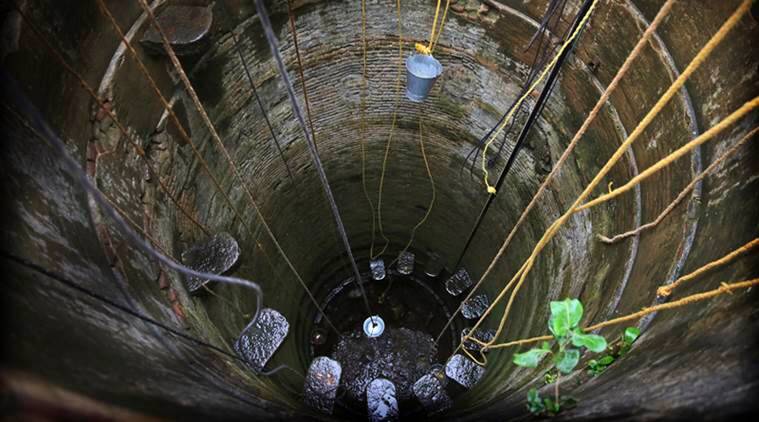The Central Groundwater Board’s most recent report on the state of groundwater. It was discovered that uranium levels in the groundwater of the twelve Indian states exceeded permissible limits. According to the Groundwater Yearbook 2021-2022, released in January 2023, uranium concentrations in the country’s shallow groundwater range from 0 to 532 parts per billion (ppb).

What is a safe uranium level in groundwater?
- According to the Bureau of Indian Standards (BIS) and the World Health Organization, the safe level of uranium in groundwater in India is 30 ppb (WHO).
- To reduce the risk of these health effects, a safe level of 30 g/L is established. It should be noted, however, that long-term exposure to even low levels of uranium can cause health problems.
Findings of the report
- There is no presence in Kerala: Uranium concentrations have been found to be within safe limits in 13 states, and none of the samples collected in Kerala contained it.
- Punjab has been hit the hardest: In terms of the percentage of wells with uranium concentrations greater than 30 ppb, the safe level, Punjab is the worst-affected state. Nearly 29%, or roughly three out of every ten wells tested in Punjab, are contaminated with uranium. Uranium levels in Punjab groundwater were found to be 17.7 times higher than the WHO safe limit. The element’s concentration was also highest in the state, at 532 ppb.
- Haryana is the second most contaminated state in terms of uranium in groundwater. The state also had the second-highest uranium concentration in the country, at 518 ppb, or 17.3 times the WHO-recommended safe limit.
- Uttar Pradesh had the third-highest uranium concentration, at 532 ppb, or 7.9 times the safe limit. For example, uranium was found in high concentrations in 9.2% of the samples from Uttar Pradesh.
- Other states’ localised pockets: Uranium concentrations were found to be higher than the threshold level in seven other states: Madhya Pradesh, Tamil Nadu, Chhattisgarh, Gujarat, Odisha, Telangana, and Bihar in isolated pockets.
Uranium: A toxic element
- Uranium is a nephrotoxic element, which means that people who rely on groundwater containing the element are more likely to develop kidney disease.
- Other negative health effects of uranium exposure include bone toxicity and issues such as neurological effects, reproductive and developmental effects, and immune system effects.
- Large doses of uranium can cause immediate health effects such as nausea, vomiting, and diarrhoea. Lung irritation and damage, including lung cancer, can result from inhaling uranium dust or fumes.
Causes of contamination
- Geogenic and anthropogenic processes are both responsible for uranium contamination, but overexploitation of groundwater can also be a factor.
- High concentration largely due to natural uranium content: According to Duke University researchers, high levels of uranium are largely due to natural uranium content in aquifer rocks, oxidation state, and groundwater chemistry.
- Extreme bicarbonate levels: Extreme bicarbonate levels were also discovered at uranium-rich sites. According to Rachel Coyte, the study’s lead author, bicarbonates aid in the extraction of uranium from source rocks, which explains why the element is so abundant.
- Human-made causes may also be to blame: According to the study, groundwater table decline, nitrate pollution, and over-exploitation of groundwater from irrigation all exacerbate uranium mobilisation.
- Overexploitation of groundwater resources: According to the BARC study published in 2021, overexploitation of groundwater resources is likely to be one of the causes of uranium and other geogenic contaminants such as arsenic and fluoride.
Reverse osmosis may be a viable option
- Water can be purified using reverse osmosis (RO).
- It filters out impurities such as minerals and other dissolved contaminants, including toxic elements such as uranium, using a special membrane.
- Applying pressure forces the water through the membrane, leaving impurities behind and producing clean, purified water on the other side.
- The membrane removes the impurities and collects the clean water.
@the end
Uranium contamination has been linked to geological processes as well as the country’s overexploitation of groundwater. This assessment of uranium contamination in groundwater across India emphasises the need for immediate action. One of the most recent membrane-based technologies used in water purification systems to remove uranium could be reverse osmosis (RO).
Source: https://www.sciencedirect.com/science/article/pii/S0048969722010397
